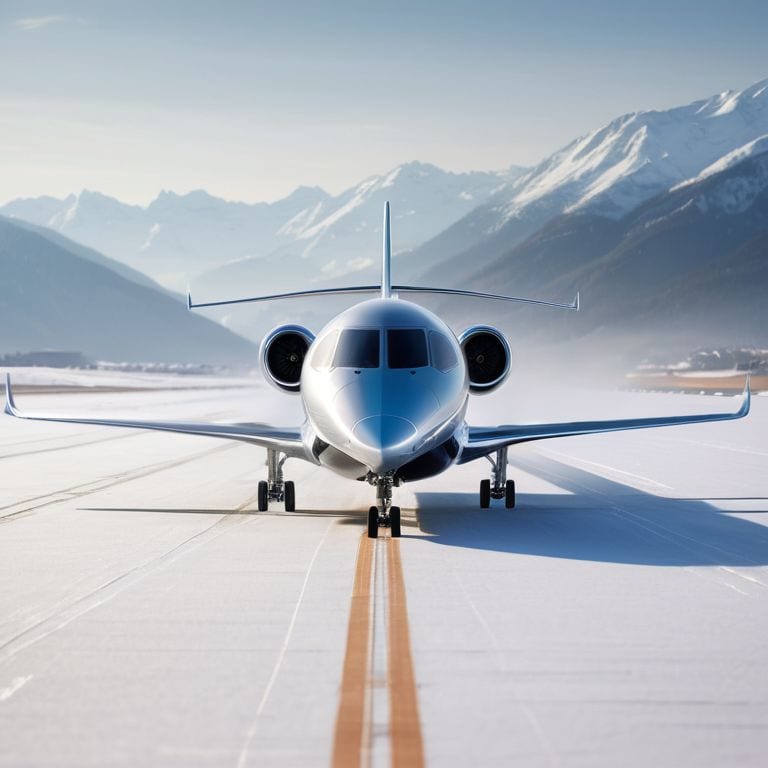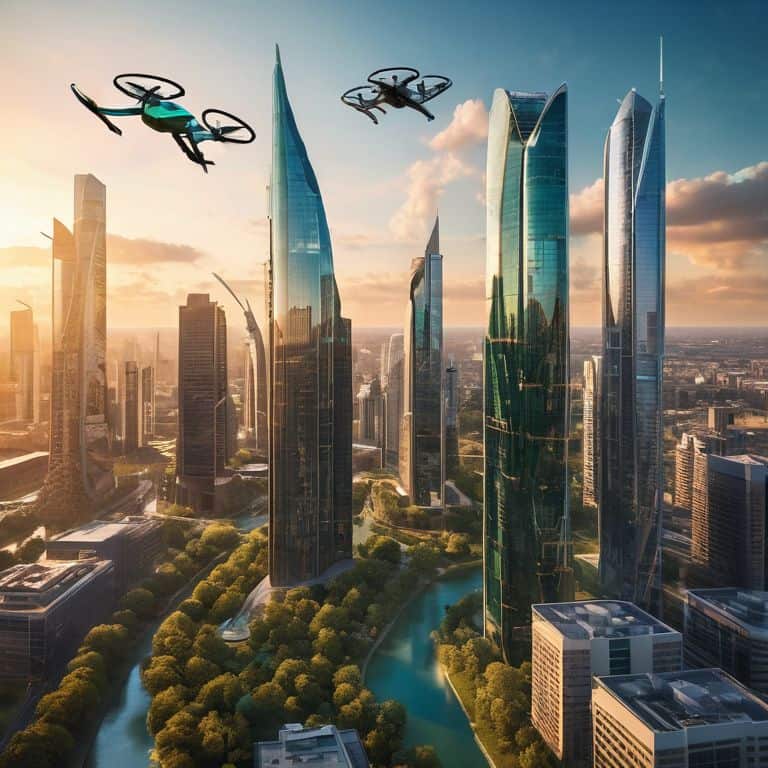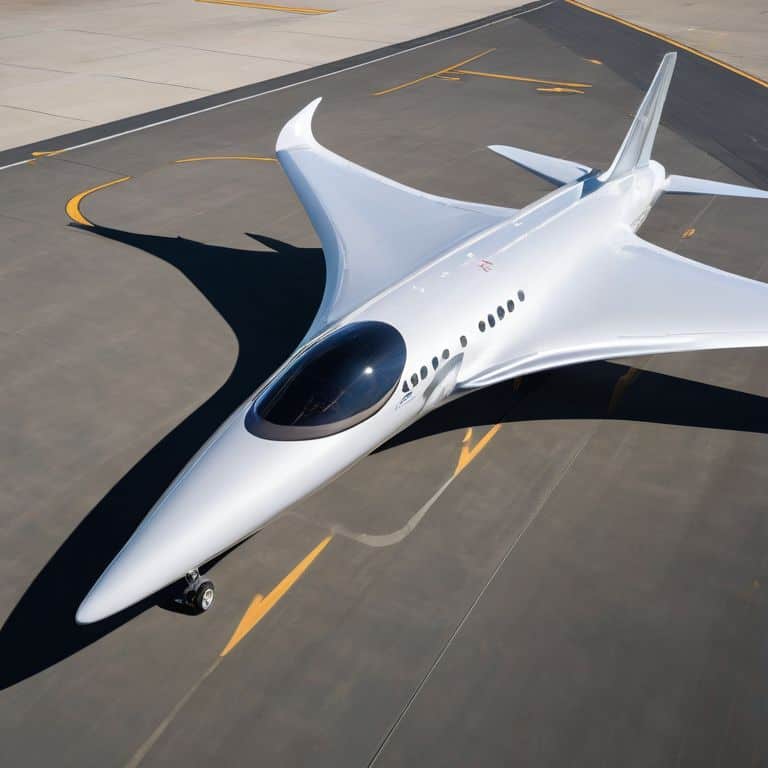As I stand on the airport tarmac, watching the next generation of aircraft take to the skies, I’m reminded of the countless times I’ve heard people marvel at the sleek designs and advanced engines. But, as someone who’s spent years optimizing airport operations and passenger flow, I know that the real magic happens behind the scenes. It’s the unseen logistics that make modern flight possible, not just the fancy new planes. I’ve spent hours observing airport ground operations, fascinated by the intricate dance of vehicles and personnel that ensures everything runs smoothly.
In this article, I promise to take you on a journey beneath the surface of the next generation of aircraft, exploring the innovative systems and design improvements that are truly revolutionizing the industry. I’ll share my expertise as an aviation systems consultant, highlighting the practical applications of these advancements and how they’re making air travel safer, more efficient, and more sustainable. My goal is to provide you with a no-nonsense look at the future of aviation, cutting through the hype and focusing on the real breakthroughs that are shaping the industry. By the end of this journey, you’ll have a deeper understanding of what’s really driving the evolution of flight.
Table of Contents
Next Gen Aircraft Evolve

As I delve into the world of next-gen aircraft, I’m struck by the advanced aerodynamics that are being integrated into aircraft design. These innovations are not just about making planes look sleeker, but about reducing drag and increasing fuel efficiency. I’ve spent hours watching airport ground operations, and it’s amazing to see how these subtle changes can add up to make a significant difference in overall performance.
The use of sustainable aviation fuels is another area that’s gaining traction. By exploring alternative energy sources, we can reduce our reliance on traditional fossil fuels and create a more environmentally friendly flight experience. This, combined with advancements in aerospace materials, is paving the way for high-speed flight that’s not only faster but also more sustainable.
As we look to the future, it’s exciting to consider the potential of electric propulsion systems and their impact on aircraft design. With the ability to reduce emissions and increase efficiency, these systems are poised to revolutionize the way we think about flight. Whether it’s through hypersonic flight corridors or other innovations, one thing is clear: the future of aviation is brighter than ever, and it’s being shaped by the unseen logistics and systems that I’m passionate about.
Advanced Aerodynamics Redefined
As I delve into the world of next-gen aircraft, I’m struck by the revolutionary designs that are redefining aerodynamics. The way these new planes slice through the air is a testament to human ingenuity and the relentless pursuit of efficiency.
The application of advanced materials is a key factor in this aerodynamic revolution, enabling the creation of lighter, stronger structures that can withstand the stresses of flight while minimizing drag.
Sustainable Fuels Powering Futures
As I delve into the advancements of next-gen aircraft, I’m particularly intrigued by the role of sustainable fuels in reducing carbon footprint. The integration of these eco-friendly fuels is a significant step towards a more environmentally conscious aviation industry. By exploring alternative energy sources, we can significantly decrease our reliance on traditional fossil fuels.
The future of flight is being reshaped by cutting-edge propulsion systems, but it’s the sustainable fuels that will truly power these advancements. With ongoing research and development, we’re getting closer to a reality where flight is not only faster and more efficient but also cleaner and more sustainable.
Revolutionizing Flight Systems
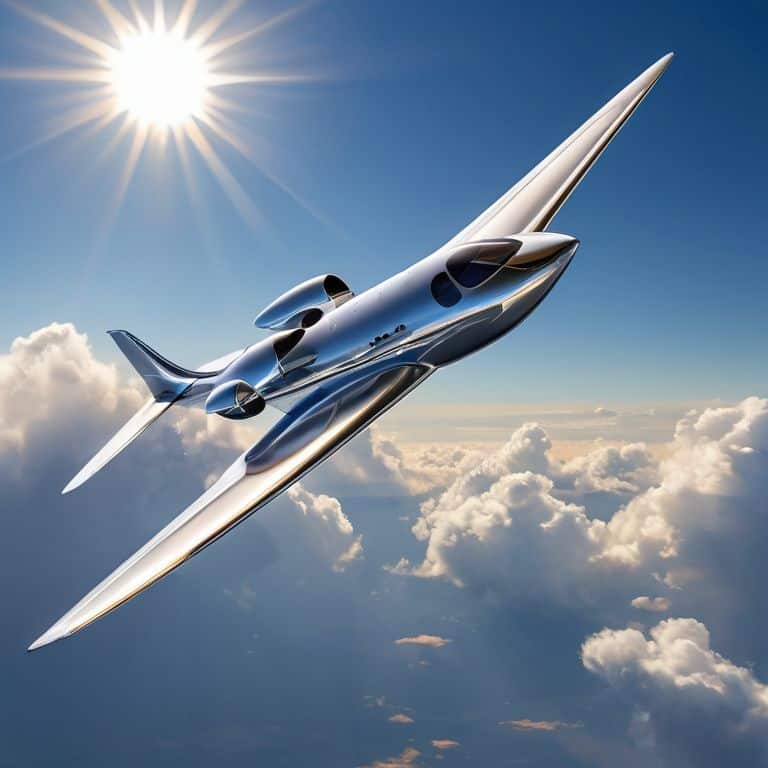
As I delve into the world of advanced aerodynamics in aircraft design, I’m struck by the sheer complexity of the systems at play. The next wave of innovations is focused on creating a more seamless, efficient flying experience. By leveraging cutting-edge materials and designs, engineers are able to reduce drag, increase lift, and ultimately create a smoother ride for passengers.
One of the most exciting developments in this space is the integration of sustainable aviation fuels into the design process. By considering the entire lifecycle of the aircraft, from production to end-of-life, designers can create a more holistic, eco-friendly system. This approach not only reduces the environmental impact of flight but also helps to future-proof the industry against changing regulatory landscapes.
The key to unlocking these advancements lies in the aerospace materials for high_speed_flight. New, lightweight materials are being developed that can withstand the intense stresses of high-speed flight while also reducing the overall weight of the aircraft. This, in turn, enables the use of more efficient electric_propulsion_systems_for_aircraft, which promise to revolutionize the way we think about flight.
Electric Propulsion Takes Lead
As I delve into the world of electric propulsion, I’m struck by the seamless integration of technology and innovation. The future of flight is being redefined by the introduction of electric motors, which promise to significantly reduce emissions and operating costs. This shift towards cleaner energy is not only beneficial for the environment, but also has the potential to increase the overall efficiency of aircraft systems.
The electric propulsion revolution is gaining momentum, with several companies already investing heavily in the development of electric and hybrid-electric aircraft. I’m excited to see how this technology will continue to evolve and improve, enabling the creation of more sustainable and environmentally friendly aircraft that will shape the future of aviation.
Hypersonic Corridors Unlocked
As I delve into the realm of hypersonic flight, I’m struck by the potential of hypersonic corridors to transform our understanding of long-distance travel. These designated pathways could enable aircraft to reach speeds of over Mach 5, revolutionizing the way we traverse the globe.
The key to unlocking these corridors lies in advanced materials science, which is being driven by innovations in thermal management and lightweight construction.
5 Key Takeaways for the Future of Flight
- Embracing Sustainable Aviation Fuels (SAF) to reduce carbon footprint
- Integrating Advanced Aerodynamics for improved fuel efficiency and reduced drag
- Implementing Electric and Hybrid-Electric Propulsion Systems for cleaner and quieter flight
- Leveraging Hypersonic Technology for faster travel times and new route possibilities
- Optimizing Air Traffic Management with AI and Automation for enhanced safety and efficiency
Key Takeaways for the Next Generation of Aircraft
I’ve discovered that advancements in aerodynamics and sustainable fuels are drastically reducing emissions and increasing efficiency in next-gen aircraft
The integration of electric propulsion systems and the exploration of hypersonic corridors are poised to revolutionize the speed and environmental impact of flight
Through my research, it’s become clear that the future of aviation relies not just on flashy new technologies, but on the often-overlooked improvements in logistics and ground operations that make these innovations possible
Shaping the Skies of Tomorrow
The next generation of aircraft isn’t just about faster flights or sleeker designs; it’s about weaving together innovative systems, sustainable practices, and visionary logistics to create a safer, more efficient, and breathtakingly advanced way to explore our world.
Oliver Byrne
Embracing the Future of Flight
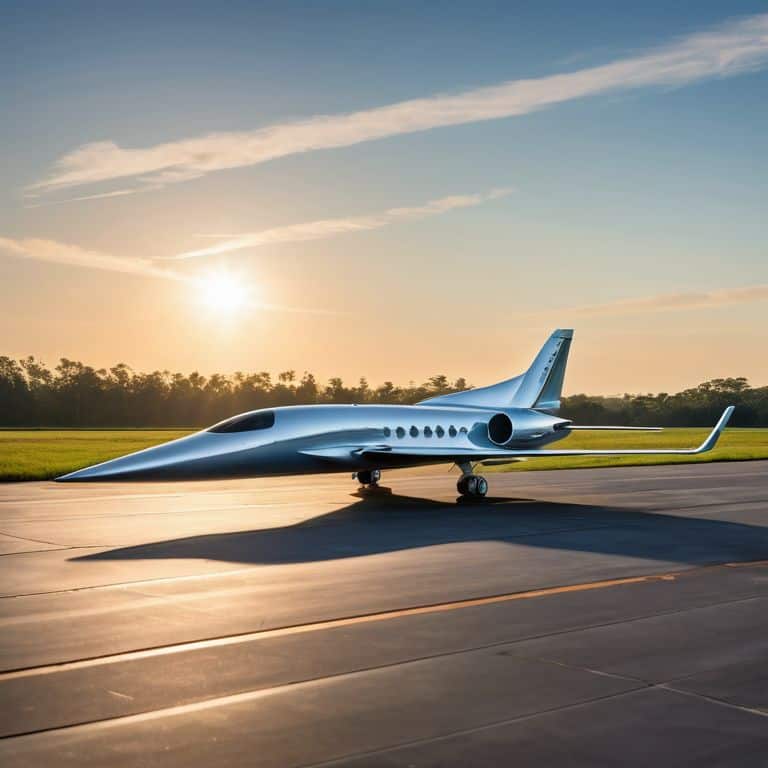
As we’ve explored the next generation of aircraft, it’s clear that revolutionary systems are redefining the way we fly. From advanced aerodynamics to sustainable fuels and electric propulsion, the future of aviation is being shaped by innovations that prioritize efficiency, safety, and sustainability. Whether it’s the unlocking of hypersonic corridors or the integration of cutting-edge materials, the industry is undergoing a significant transformation. This shift is not just about the planes themselves, but about the entire ecosystem of flight, including ground operations, air traffic control, and passenger experience.
As we look to the horizon, it’s exciting to consider what’s possible when human ingenuity and technological advancements come together. The next generation of aircraft is not just about faster, greener, or more efficient travel; it’s about reimagining the boundaries of flight. As someone who’s passionate about the unseen logistics that make air travel possible, I’m eager to see how these innovations will continue to evolve and improve the flying experience for all of us. The future of aviation is bright, and it’s an honor to be a part of the conversation that’s shaping it.
Frequently Asked Questions
How will the integration of advanced aerodynamics and sustainable fuels impact the overall efficiency and environmental footprint of next-generation aircraft?
By combining advanced aerodynamics with sustainable fuels, next-gen aircraft will see significant boosts in efficiency and reductions in emissions. This synergy will not only cut fuel consumption but also minimize environmental impact, making air travel more eco-friendly and cost-effective.
What role will electric propulsion play in the development of hypersonic corridors and how will this technology be scaled for commercial use?
As I see it, electric propulsion will be a game-changer for hypersonic corridors, enabling more efficient and sustainable high-speed flight. To scale this tech for commercial use, we’ll need to focus on advanced battery systems and power management, making it a thrilling challenge for engineers to tackle.
In what ways will the next generation of aircraft incorporate automated air traffic control systems and what benefits can be expected from these advancements?
I’m eager to explore how next-gen aircraft will leverage automated air traffic control, enhancing safety and efficiency through streamlined routing and reduced congestion, ultimately leading to smoother takeoffs and landings.
